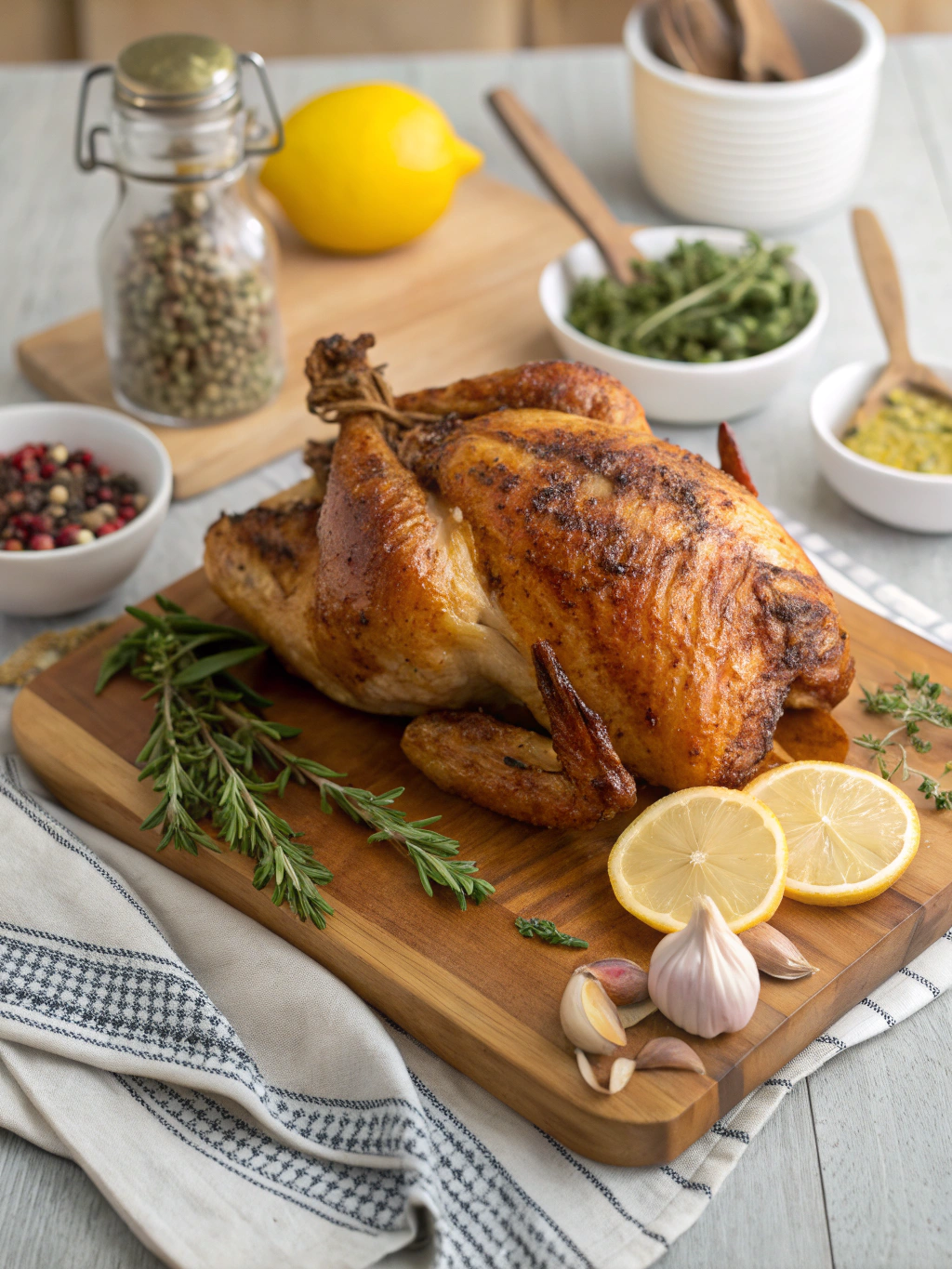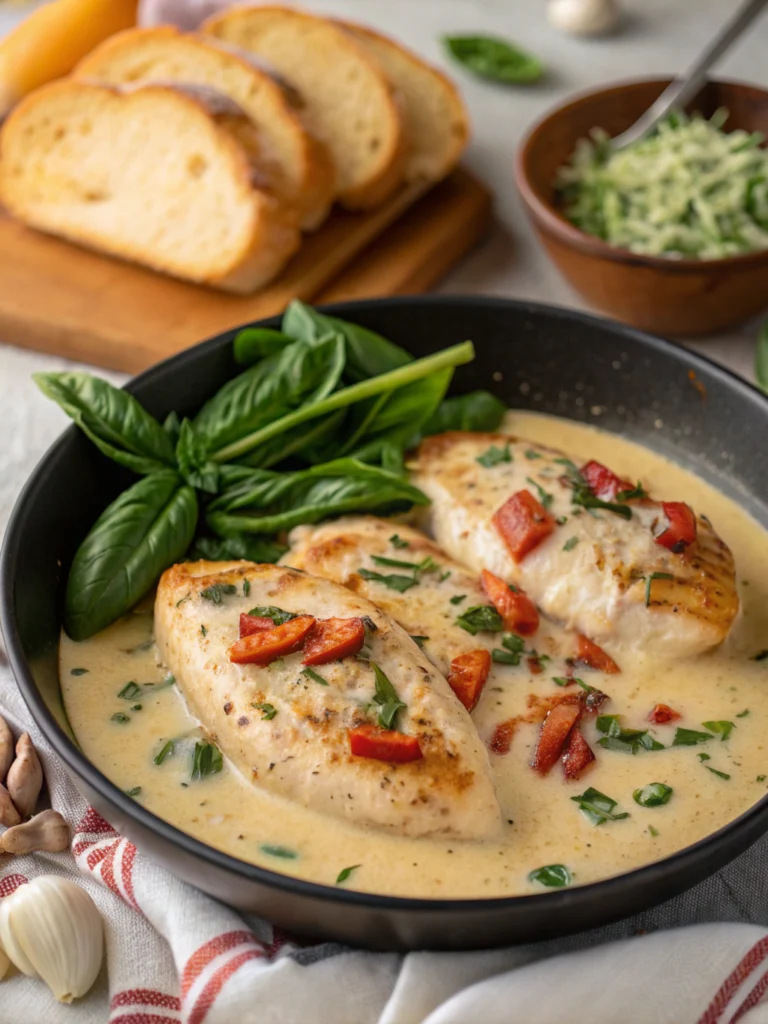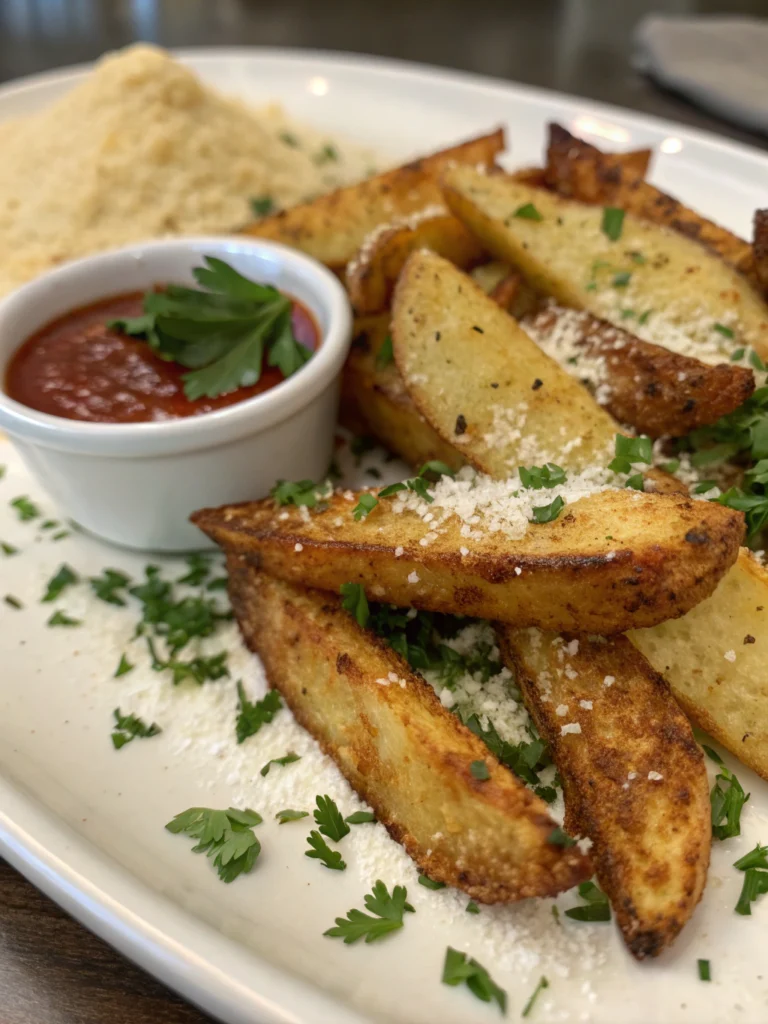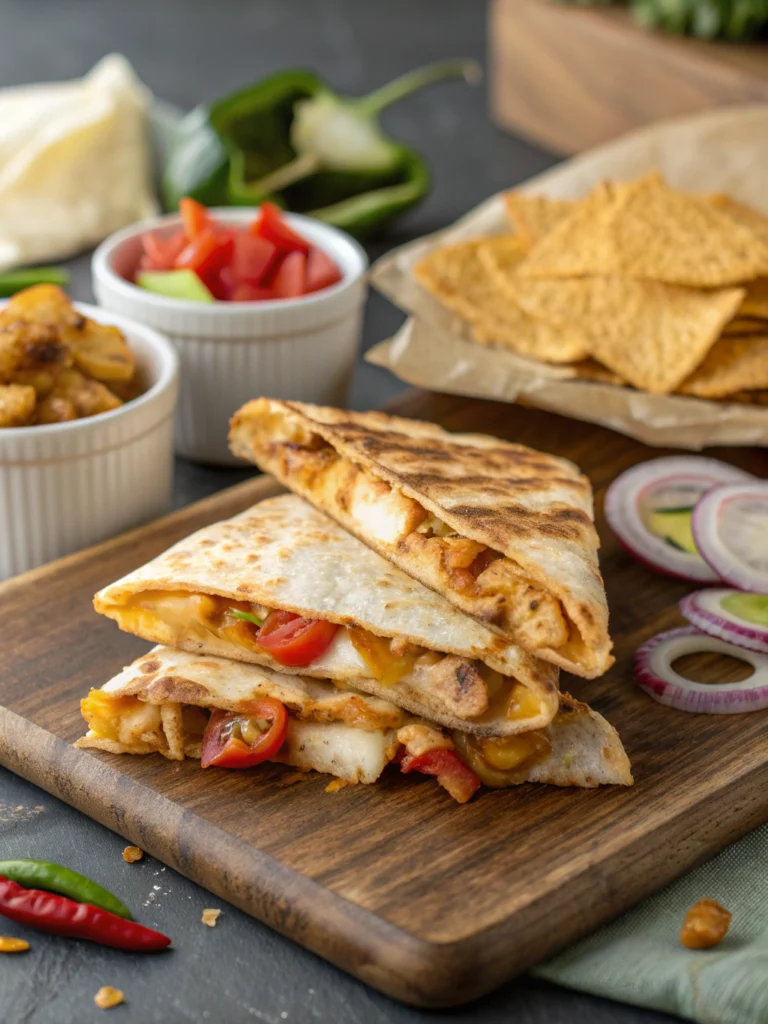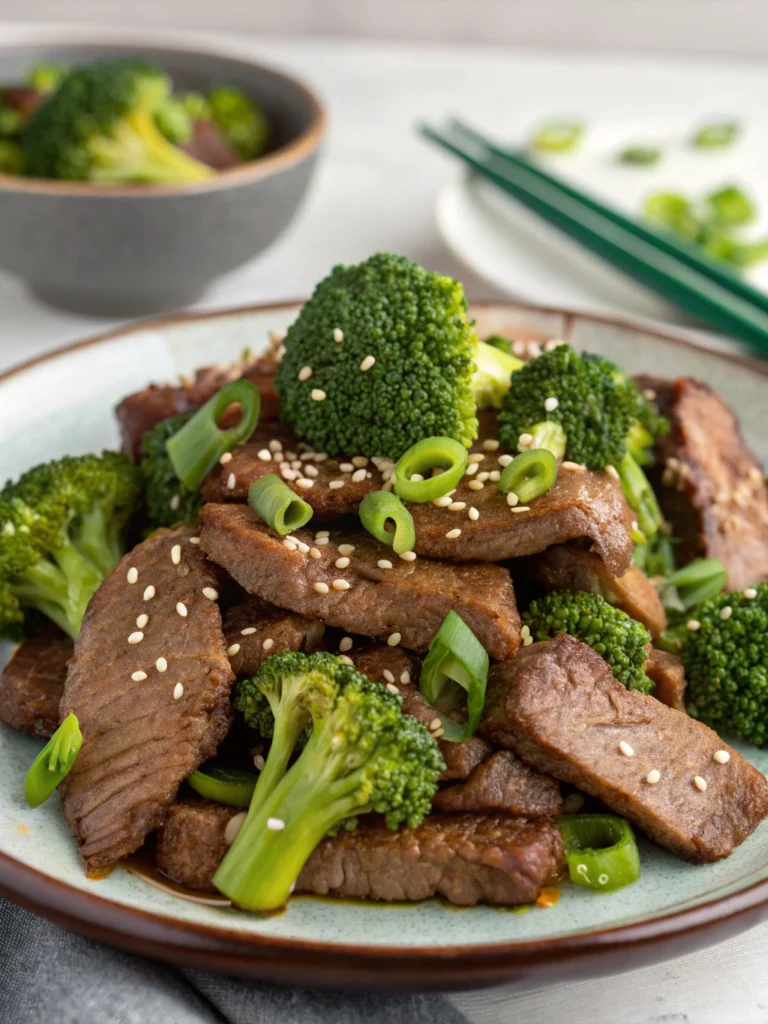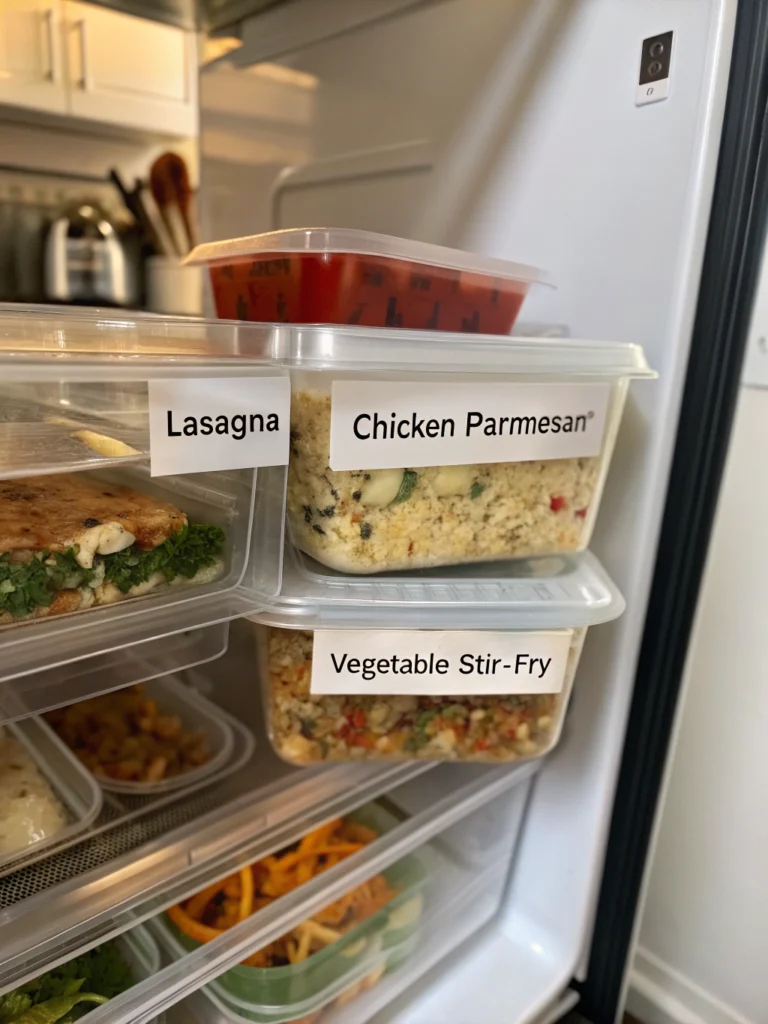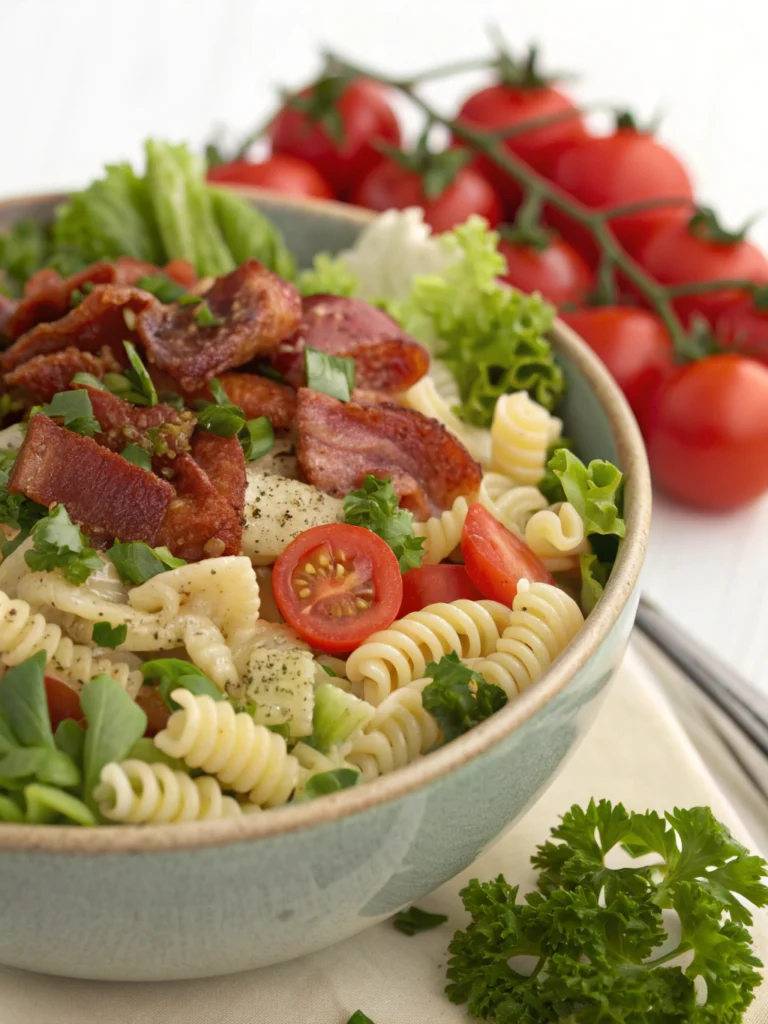25 Easy Rotisserie Chicken Recipes in 30 Minutes
Table of Contents
Introduction
Did you know that the average American household wastes 40% of their weekly grocery budget on items they never use? This startling statistic is particularly relevant when it comes to rotisserie chicken, a versatile supermarket staple that often ends up partially eaten and forgotten. Why let this convenient protein go to waste when you can transform it into dozens of delicious meals? rotisserie chicken recipes are the perfect solution for busy weeknights, offering incredible versatility and flavor with minimal effort. These 25 quick and easy recipes will help you create satisfying meals in just 30 minutes, making the most of this time-saving ingredient while reducing food waste and stretching your grocery budget.
Ingredients List
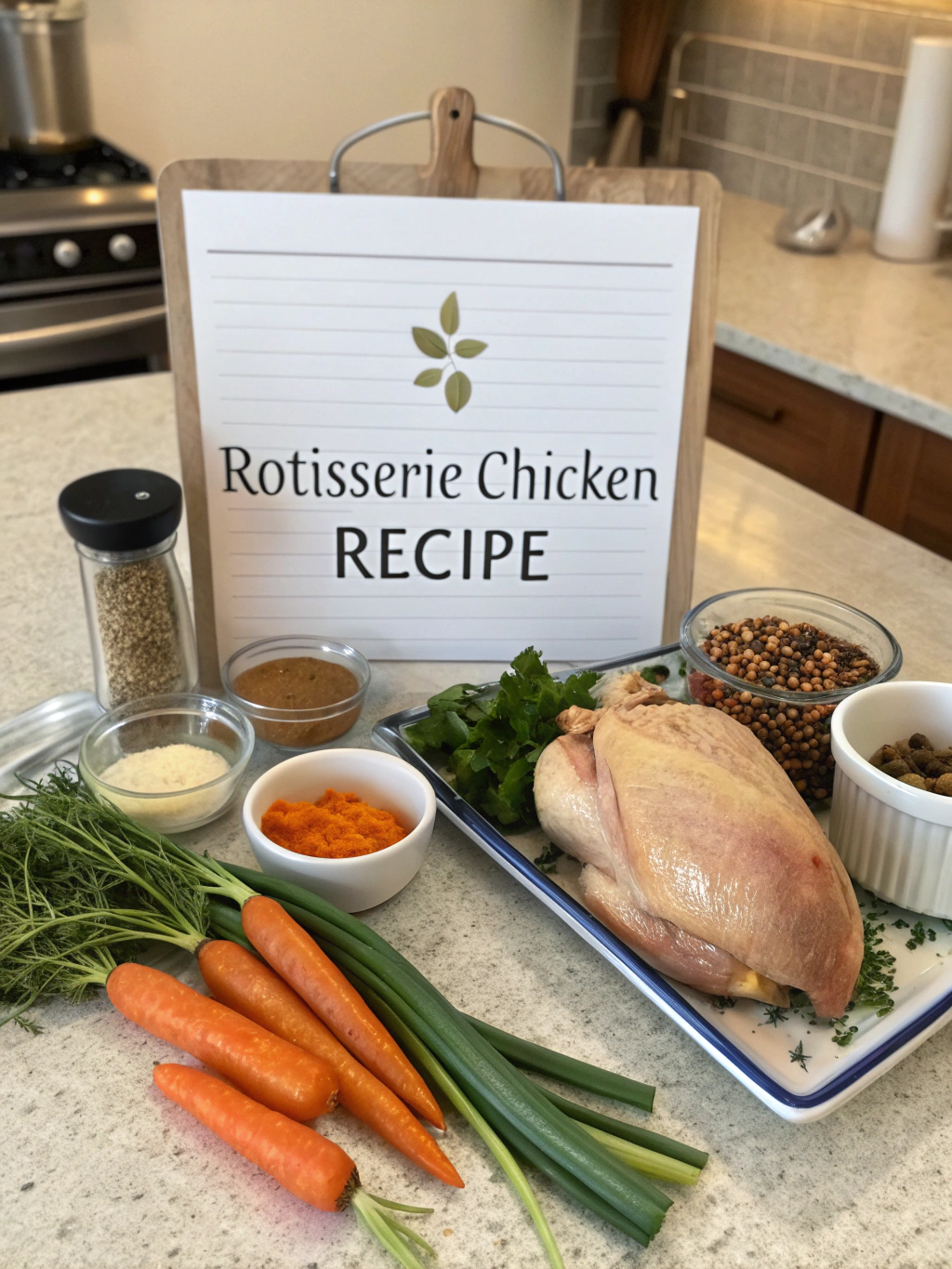
The beauty of rotisserie chicken recipes is their flexibility. Here are the staple ingredients you’ll want to keep on hand:
- 1 whole rotisserie chicken (approximately 2-3 pounds)
- 2 cups mixed vegetables (frozen works perfectly)
- 1 medium onion, diced
- 3 cloves garlic, minced
- 2 cups chicken broth
- 1 cup rice or pasta
- 2 tablespoons olive oil
- Salt and pepper to taste
- Various herbs and spices (oregano, thyme, paprika, cumin)
- ¼ cup fresh herbs (parsley, cilantro, or basil)
Substitution options: Swap rotisserie chicken with leftover roasted chicken or quick-cooking chicken tenders. For vegetable variations, use whatever is in season or what you have in your freezer. Plant-based alternatives include chickpeas or tofu for vegetarian adaptations of these recipes.
Timing
Preparation time: 10 minutes
Cooking time: 20 minutes
Total time: 30 minutes
These rotisserie chicken meals come together 75% faster than traditional chicken recipes that start with raw chicken. The pre-cooked nature of rotisserie chicken eliminates approximately 25-35 minutes of cooking time, making these recipes ideal for weeknight dinners when time is precious.
Step-by-Step Instructions
Step 1: Prepare Your Chicken
Remove all meat from the rotisserie chicken, separating white and dark meat. Shred or dice based on your recipe preference. A warm chicken is easier to pull apart than one straight from the refrigerator. For maximum efficiency, process your rotisserie chicken as soon as you get home from the store, storing the meat in portioned containers.
Step 2: Prepare Your Base
Whether you’re making a pasta dish, soup, salad, or wrap, start by preparing your base. For pasta dishes, get your water boiling; for rice-based recipes, start your rice cooking. This simultaneous preparation ensures everything comes together within the 30-minute timeframe.
Step 3: Create Your Flavor Profile
In a large pan, heat olive oil over medium heat. Add diced onions and cook until translucent (about 3-4 minutes). Add minced garlic and cook for another 30 seconds until fragrant. This aromatic foundation will enhance the flavor of nearly any rotisserie chicken dish.
Step 4: Add Seasonings and Vegetables
Add your chosen seasonings and vegetables to the pan. For Mediterranean-inspired dishes, use oregano, thyme, and bell peppers. For Mexican flavors, incorporate cumin, chili powder, and corn. Cook vegetables until just tender but still bright in color, usually 4-6 minutes.
Step 5: Incorporate Chicken and Finish
Add your shredded rotisserie chicken to the pan with vegetables. Pour in any liquid components (broth, cream, sauce) and simmer for 5-7 minutes to allow flavors to meld and ensure everything is heated through. Adjust seasonings to taste, adding a splash of acid (lemon juice or vinegar) to brighten flavors if needed.
Nutritional Information
The average nutritional profile for these rotisserie chicken meals (per serving) is:
- Calories: 350-450
- Protein: 25-30g
- Carbohydrates: 30-40g (varies based on base ingredients)
- Fat: 15-20g
- Fiber: 3-5g
These meals provide approximately 30% of your daily protein requirements, with the rotisserie chicken delivering complete proteins containing all essential amino acids. Compared to takeout options, these homemade meals typically contain 40% less sodium and 30% fewer calories.
Healthier Alternatives for the Recipe
Transform these rotisserie chicken recipes into even healthier meals with these simple modifications:
- Use cauliflower rice instead of white rice to reduce carbohydrates by 75%
- Opt for whole grain pasta or zucchini noodles for additional fiber and nutrients
- Increase the vegetable-to-chicken ratio for more fiber and vitamins
- Use Greek yogurt instead of sour cream or heavy cream in creamy recipes
- Reduce sodium by using low-sodium broth and enhancing flavor with herbs and spices
- For those following specific diets, most recipes can be made gluten-free by using alternative grains or keto-friendly by focusing on protein and vegetables
Serving Suggestions
Elevate your rotisserie chicken meals with these serving ideas:
- For chicken pasta dishes, finish with a sprinkle of freshly grated Parmesan and torn basil
- Serve chicken tacos with a colorful array of toppings: diced avocado, fresh lime, cilantro, and quick-pickled red onions
- Pair chicken salads with a slice of crusty whole grain bread for a satisfying lunch
- For soups and stews, garnish with a swirl of olive oil and fresh herbs
- Create build-your-own bowls for family dinners, allowing each person to customize their toppings
- Consider temperature contrasts—cold chicken salad served in warm pita pockets creates an interesting textural experience
Common Mistakes to Avoid
When working with rotisserie chicken, steer clear of these common pitfalls:
- Overcooking the already-cooked chicken, which can lead to dry, rubbery meat
- Forgetting to season adequately—rotisserie chicken needs additional flavoring in most recipes
- Neglecting to remove the skin if you’re watching fat content
- Discarding the carcass, which makes excellent homemade stock
- Adding cold chicken directly to hot dishes, which can lower the temperature of your entire dish
- Storing leftover rotisserie chicken for too long—use within 3-4 days for best quality and safety
Storing Tips for the Recipe
Maximize the lifespan and quality of your rotisserie chicken with these storage strategies:
- Remove all meat from the bones within 2 hours of purchase
- Store chicken in airtight containers, separating into meal-sized portions
- Refrigerated rotisserie chicken remains fresh for 3-4 days
- Freeze portioned chicken for up to 3 months in freezer-safe containers
- Label containers with the date to track freshness
- For meal prep, pre-portion chicken with complementary ingredients for grab-and-go meal assembly
- Store the carcass separately to make stock within 2-3 days, or freeze it for future use
Conclusion
These 25 easy rotisserie chicken recipes prove that delicious, nutritious meals don’t require hours in the kitchen. By leveraging the convenience of store-bought rotisserie chicken, you can create diverse dishes spanning multiple cuisines in just 30 minutes. Not only do these recipes save time, but they also help reduce food waste and stretch your grocery budget further. The versatility of rotisserie chicken makes it the perfect canvas for weeknight creativity—whether you’re craving comfort food, healthy options, or globally-inspired flavors. Try one of these recipes tonight and transform that humble rotisserie chicken into a memorable meal your family will request again and again.
FAQs
How long does rotisserie chicken stay fresh in the refrigerator?
When properly stored in airtight containers, rotisserie chicken remains fresh for 3-4 days in the refrigerator. For best quality, remove the meat from the bones before storing.
Can I freeze leftover rotisserie chicken?
Absolutely! Rotisserie chicken freezes exceptionally well for up to 3 months. Portion it before freezing for easier thawing and meal preparation.
What’s the best way to reheat rotisserie chicken without drying it out?
Add a tablespoon of chicken broth or water when reheating, and cover the dish. For stovetop reheating, use low heat; for microwave, use 50% power with a damp paper towel covering the chicken.
Is rotisserie chicken healthier than fried chicken?
Yes, rotisserie chicken typically contains significantly less fat and calories than fried chicken, especially if you remove the skin before eating.
Can I use rotisserie chicken in meal prep?
Rotisserie chicken is ideal for meal prep! Portion it with complementary ingredients at the beginning of the week for quick assembly of salads, wraps, and grain bowls.
What can I do with the rotisserie chicken carcass?
Don’t discard the carcass! Simmer it with vegetables and herbs to create a flavorful homemade stock that’s superior to store-bought versions and reduces food waste.
How can I tell if my rotisserie chicken has gone bad?
If your chicken develops a sour smell, slimy texture, or shows signs of mold, it should be discarded immediately. Always follow the “when in doubt, throw it out” rule with poultry.

